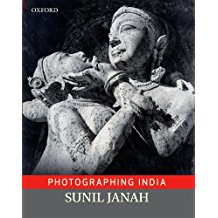Sunil Janah’s Photographing India reminded me of Dziga Vertov’s Man With A Movie Camera. The photographer protagonist in the Russian avantgarde filmmaker’s iconic documentary is constantly on the move—shooting on the road; in the mines; at the dam; inside a factory; by the sea; in a park; or in a playground. Cranking his camera, he goes around tirelessly documenting the lives of Russia’s men and women, and the rhythm of its cities. Similarities between the film and Janah’s work just don’t end here. Ideologically, Vertov’s commitment to the Communist worldview made him focus on the vitality of the common man and the strength of the community in bringing about change. His engagement with technology and modern day work ethic was constructivist and progressive in approach.
Evoking a similar artistic ethic and politics, Janah’s meticulous documentation of his land and its people is infused with a sense of pride and confidence in the dignity of his country’s people and their potential to usher in transformation. However, there’s a huge departure from Vertov’s visual grammar and cinematic canvas. While Vertov focuses on towns and cities, Janah captures the vigour and charm of India’s vast countryside and diverse ethnicity. His photographs highlight the liveliness and fortitude of India’s villagers and tribals as much as they reflect the dynamism of its urban industrial centres and their politics.
September 2013, volume 37, No 9

